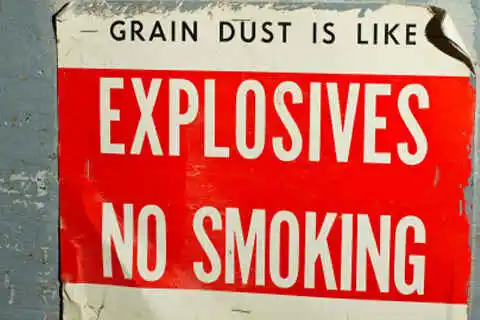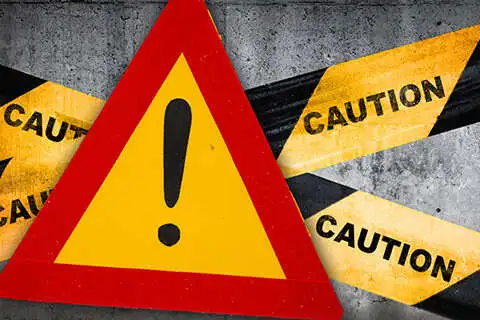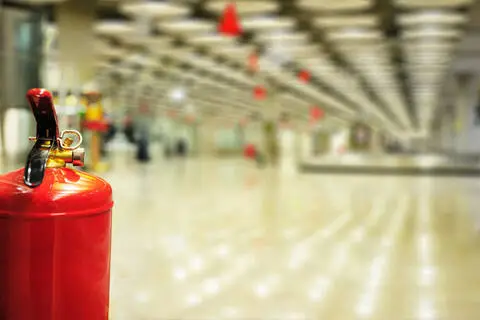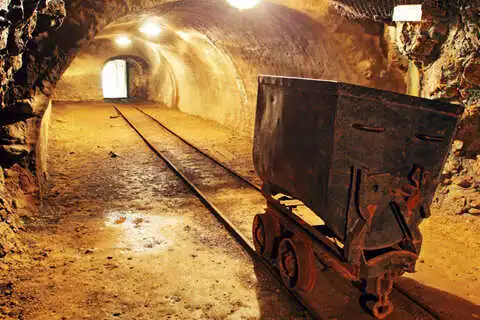
General Explosive Atmosphere Standards
General explosive atmosphere standards address the basic concepts and methodologies for explosion prevention and protection. Including standardized vocabularies and glossaries of relevant terms, these standards provide uniformity between different industries and organizations. Additionally, given their wide applicability, gas detection instruments have their recommended practices and performance requirements outlined, and the methodology for the functional safety assessment of protective systems is provided as well.









